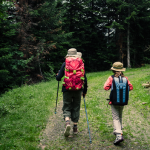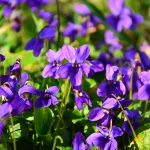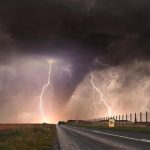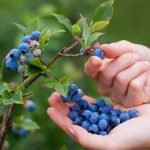
Foraging wild edibles a growing trend – can it also help fight hunger?
Friday, June 08, 2018 by Zoey Sky
http://www.preparedness.news/2018-06-08-foraging-wild-edibles-a-growing-trend-can-it-also-help-fight-hunger.html
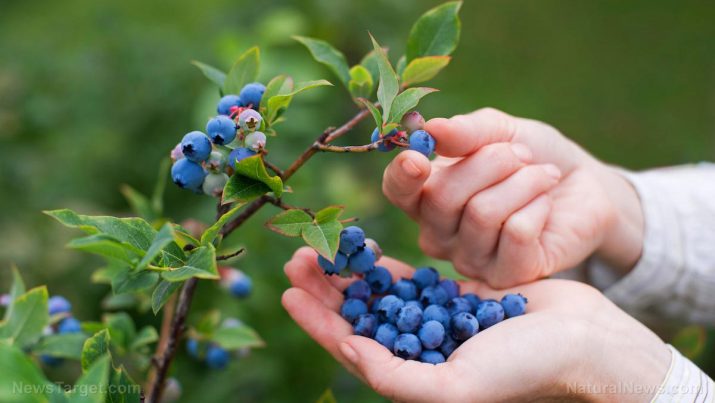
It looks like foraging, a crucial survival skill, can soon be used to help fight food insecurity.
Foraging has become a profitable craze, and everyone from chefs to cooks to craft brewers are now harvesting wild and local ingredients. Wild edibles like berries, dandelion greens, mushrooms, and nettles are in demand, and a recent peer-reviewed study is looking into the possibility that foraging can be used to help reduce food insecurity. (h/t to CivilEats.com)
The study, spearheaded by experts from the Johns Hopkins Center for a Livable Future and the U.S. Forest Service, surveyed 105 self-identified foragers in Baltimore. The researchers wanted to find out why individuals searched corporate campuses, forests, parks, and residential neighborhoods for wild edibles like berries, dandelions, mushrooms, and rose hips.
Dr. Keeve Nachman, one of the researchers of the study and the director of the food production and public health program at Johns Hopkins, said that if you consider foraging a major part of your diet, “there may be economic motivations for that.”
Over half of the foragers surveyed reported economic benefits as a primary main motivation. Foraged foods comprised thrice of the diets of Baltimore residents who are earning less than $40,000 annually compared to those earning over $100,000. Wild edibles accounted for 20 percent or more of the diets of at least 10 percent of foragers. (Related: Is it edible? 3 easy steps to determine if you’ve found something edible in the wild.)
Foraging obstacles
Aside from being readily available and free, a lot of wild edibles are also full of nutrients. For example, lambsquarters are rich in vitamins B6 and K, folate, and riboflavin; rose hips are full of vitamin C; and hazelnuts have fat, fiber, and protein. However, despite these benefits, some factors like “cultural norms, potential environmental contamination, and local laws” make it hard for foraging to become more popular.
Philip Stark, associate dean of mathematics and physical sciences at the University of California, Berkeley, and founder of Berkeley Open Source Food, explained that even though a great number of “high-end restaurants and hipsters” are showing support for edible weeds, several “social and cultural barriers” are making it hard to get more people to start foraging.
Stark shared that due to the popularity of industrial agriculture, foraging has become unpopular. Most people are now under the impression that packaged food or products from a supermarket are safe to eat and that food harvested from the wild if not safe to consume.
Stark advised that it will be good to “normalize weeds as foods” since it can help convince more people that foraging is beneficial. He also admitted that it doesn’t seem like it’s possible to “ever get a substantial percentage of the population to forage.”
Eric Kelly, a forager who participated in the Johns Hopkins’ study, agrees with Stark. Kelly noted that even people who want to take up foraging usually give up once they realize that being able to find and harvest wild edibles requires some studying and effort.
Overcoming the notion that foraging is unsanitary is just one obstacle that must be overcome. Nachman is also concerned about possible chemical exposures when eating foraged foods, especially those that come from risky areas.
Aside from notions that foraging is unsafe, harvesting food from public or private lands is usually illegal. If people are already short on cash for groceries, it’s likely that they won’t be willing to risk being fined.
However, Marla R. Emery, research geographer at the U.S. Department of Agriculture Forest Service and co-author of the Baltimore foraging research, commented that now might be the time to update policies banning foraging.
While the Johns Hopkins study didn’t focus on the bigger issues that are linked to food insecurity, like poverty and a lack of affordable housing, the study authors posit that the results of their research can pave the way for “creating urban planning, policy, and design guidelines that can encourage, or at least not criminalize, gathering wild foods.”
Wild edibles to forage
If you’re interested in learning how to forage, below are some wild edibles that you can start gathering today:
- Birch trees – Birch trees contain an edible sweet sap. Hammer a hole in the trunk and gather the sap by nailing a container to the tree.
- Cattails – Cattails are rich in carbohydrates.
- Pine and spruce needles – Pine needles contain vitamin C.
- Wild berries – Edible wild berries include wild blackberries, blueberries, cherries, cranberries, and dewberries.
You can read more articles about foraging and other crucial survival skills at Preparedness.news.
Sources include:
Tagged Under: Tags: edible plants, edible weeds, edibles, food policy, food supply, food waste, foraging, Mushrooms, nutrients, nutrition, phytonutrients, preparedness, prepper, prepping, survival, survival food, survival skills, survivalist, Urban agriculture, wild edibles

